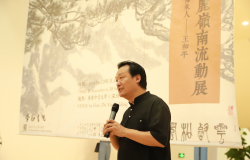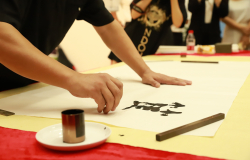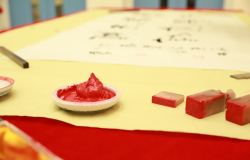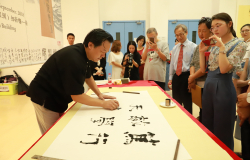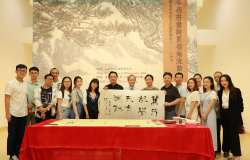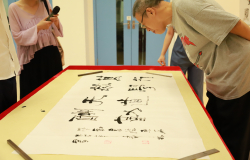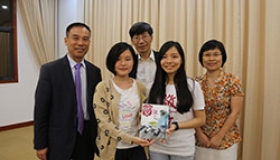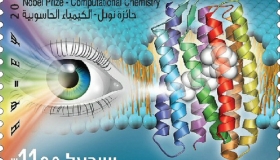Finger Painting and Calligraphy
Will the typewriting reminds you of the soft sound of paper writing? Will the block letters remind you of the essence of painting and calligraphy? Let's enter a world of a unique type of national paintings—— Lingnan Traveling Exhibition on Chinese Finger Painting and Calligraphy.
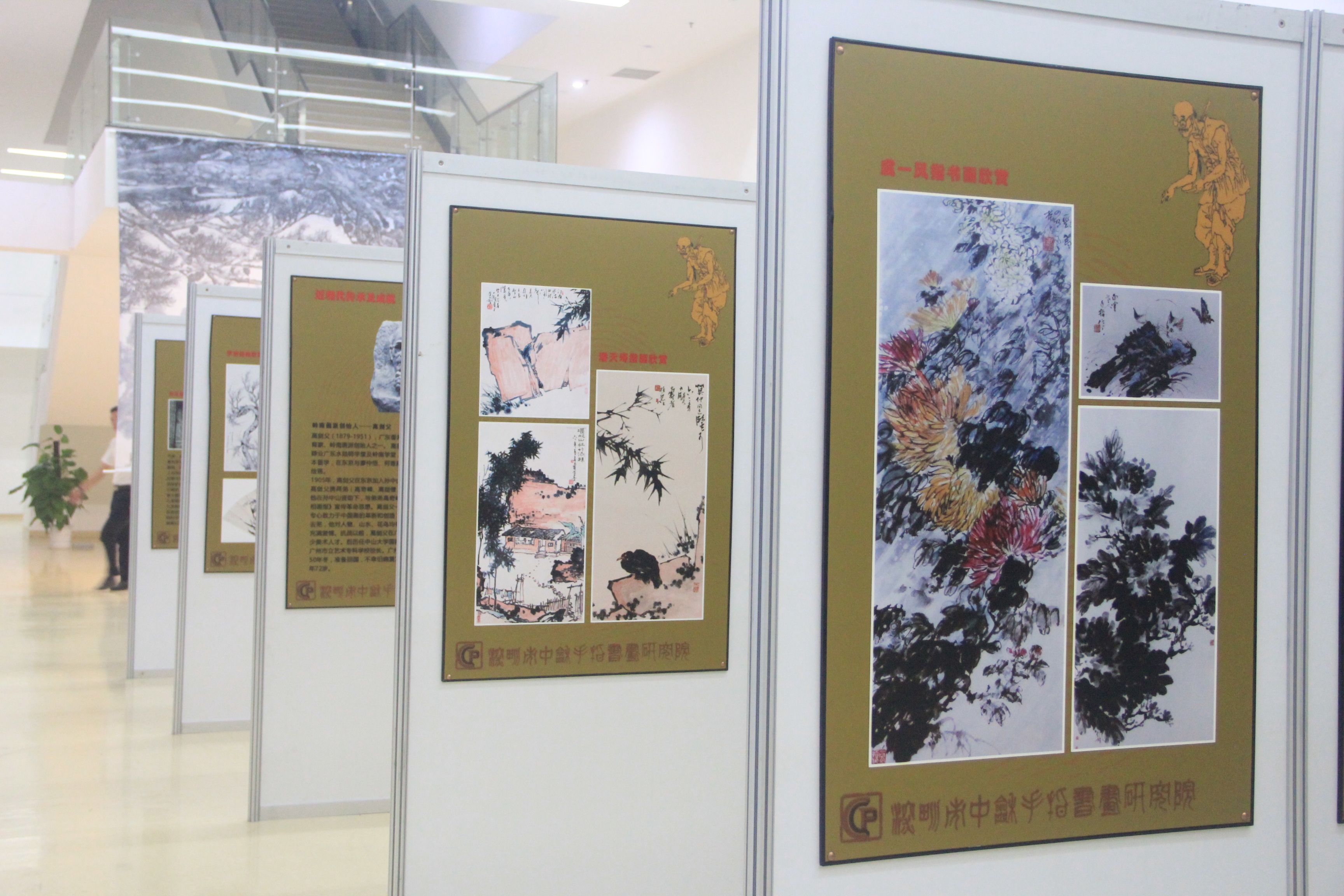
At 16: 30 on September 20, many teachers and students gathered on the ground floor of Zhi Xin Building in CUHKSZ. Upon entering the building, people can see the screen-like exhibition boards which showed the collection of paintings that have been painted by famous finger painters throughout history. Among these works, the paintings from Mr. Wang Heping were also included, who was the inheritor of non-material cultural heritage of contemporary Chinese finger painting and calligraphy. At the beginning of the opening ceremony, the host introduced Mr. Ruan Jiancong, the vice-president of CUHKSZ, teachers and students from Diligentia. Then it was announced that the 10-day-long exhibition officially opened. Subsequently, Mr. Wang Heping performed the finger painting when audience hold their breath and watched his painting. With prepared Chinese ink on his thumb and index finger, Mr. Wang’s fingers took different positions. Different levels of ink depth demonstrated distinct layers. Given the time of drinking up a cup of tea, Mr. Wang completed the work, on which were eight Chinese characters——Du Xing Min Xue, Tian Dao Chou Qin. In English these characters meant to study hard and put knowledge into practice. Coincidently, the last characters of both two sentences was the combination of Xue Qin which stood for Diligentia in English. This work not only showed Mr. Wang's recognition and interpretation of Diligentia spirit, but also conveyed his blessings to Diligentia College.

In applause and elegant music, Mr. Wang showed visitors the exhibition works. By introducing the historical evolution of the finger painting, Mr. Wang let visitors know about the process and technics of finger paintings. And it is possible to feel the three-dimensional paintings and texture patterns which were not available when appreciating traditional paintings. As the scholar says, for Chinese paintings, all the theories, realms, techniques can be found in finger painting. However, the uniqueness of finger painting cannot be found in traditional paintings. Mr. Wang uses a fingertip to draw the outline instead of a nail tip. By using the most sensitive part to draw thin lines like “spider silk”, can the painter expresses his feelings directly out of his heart, not being impeded by a stroke. Some people say that finger painting is like playing the piano on the paper because painters play the music from their hearts on the paper with their fingers. That's true.
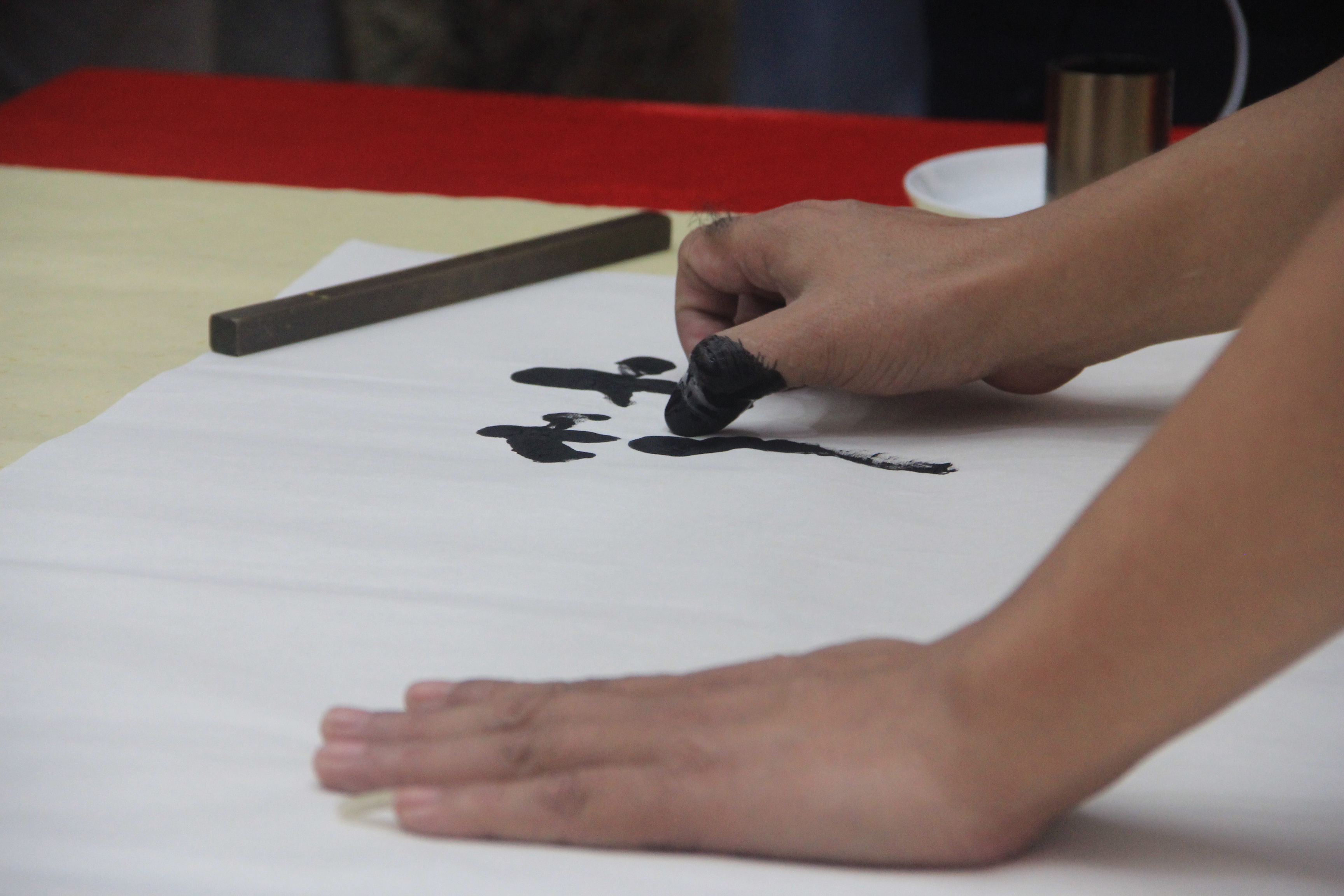
Mr. Wang said that only when traditional painting reached a certain level and realm, can it be possible to develop to a stage of the inheritance of finger painting. Mr. Wang started to learn painting at six years old, and at 17, he began to learn Chinese finger painting and calligraphy. Since the age of thirty, he has been studied Chinese finger painting as a research topic. In fact, his skills are improving and perfecting. With his self-style, Mr. Wang’s works are appreciated by numerous artistic critics. They comment:” In his works, the shapes of character patterns are changeable, and the lines are stretching out with power. Mr. Wang also shows the craftsman's spirit because he is spending his whole life in getting one thing well done. The artist spirit of hard work and innovation pushes his artistic temperament and accomplishment to a new height.

During the exhibition, the conversation between Mr. Ruan and Mr. Wang was very thought-provoking. Now that it is the era of simplified Chinese characters, whether the traditional painting and calligraphy based on complex Chinese characters should be changed to meet the needs of reading and appreciation of contemporary students? Like the problem of how to treat the transaction of tradition and modern, this is a trans-era subject that deserves our consideration, and perhaps we need not only calligraphy works and masters’ speeches go into campus, but also to know the profound meaning and cultural connotation of Chinese traditional culture and its representatives. If we return to ancient times of Yao, Sun and Yu, how could we interpret each character like Cang Jie to help people understand and memory the rules? In some ways, learning complex Chinese characters should not be an obstacle to people's appreciation and taste, but rather the inheritance and promotion of culture.

Finger painting is different from stroke painting, for it differentiates the layers of ink, runs clear and moist, and embraces the soul of painting. Compared with traditional painting, it is the blend of delicacy and force. In explaining what culture was, Yu Qiuyu once said, culture was an ecological community combining spiritual values and life styles, and it created collective personalities through accumulating and guidance. So, what about dating back to hundreds of years ago, listening to the voice in the forest, and walking into the paradise of ink fragrance and fingers?




